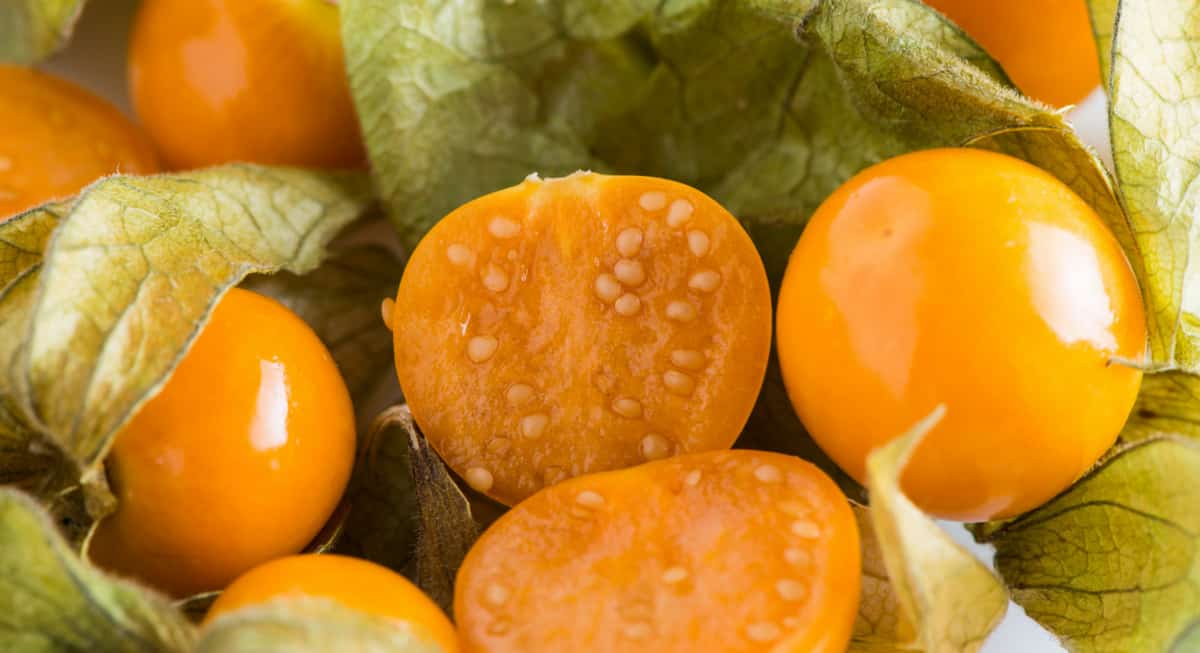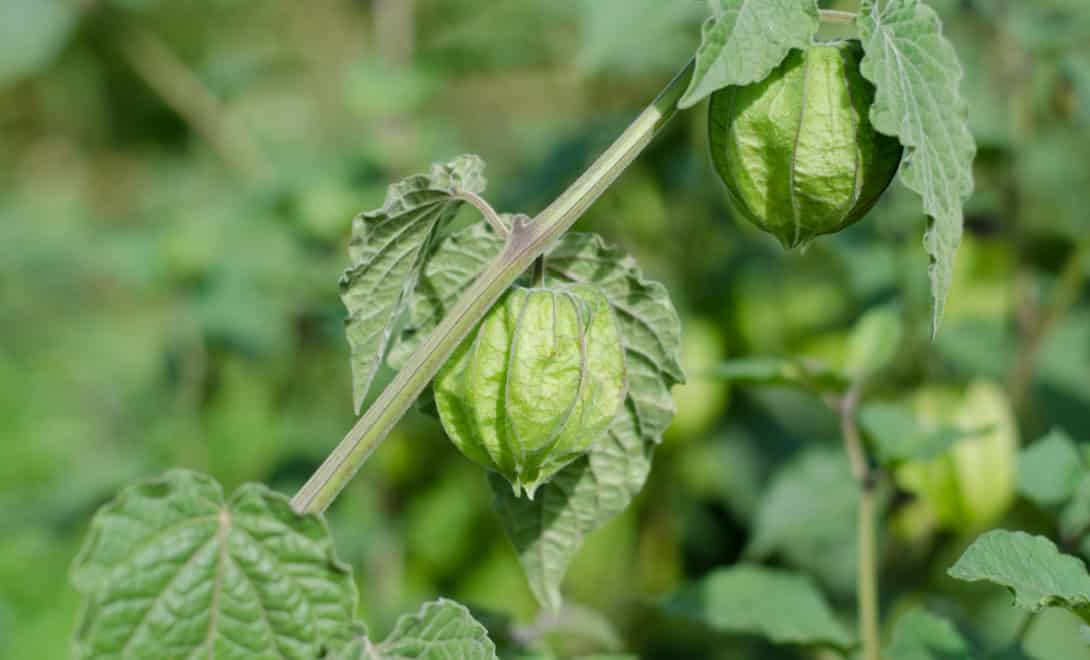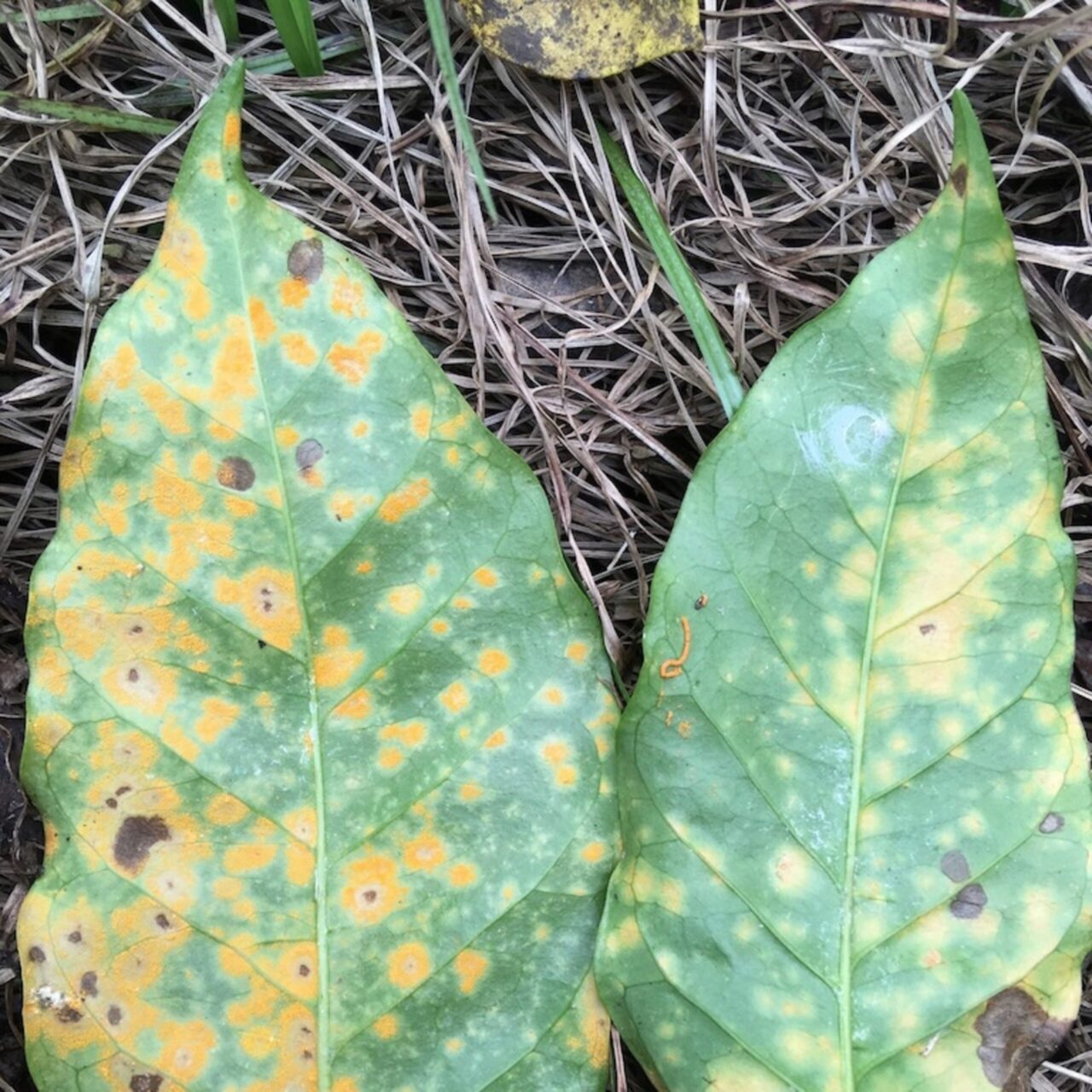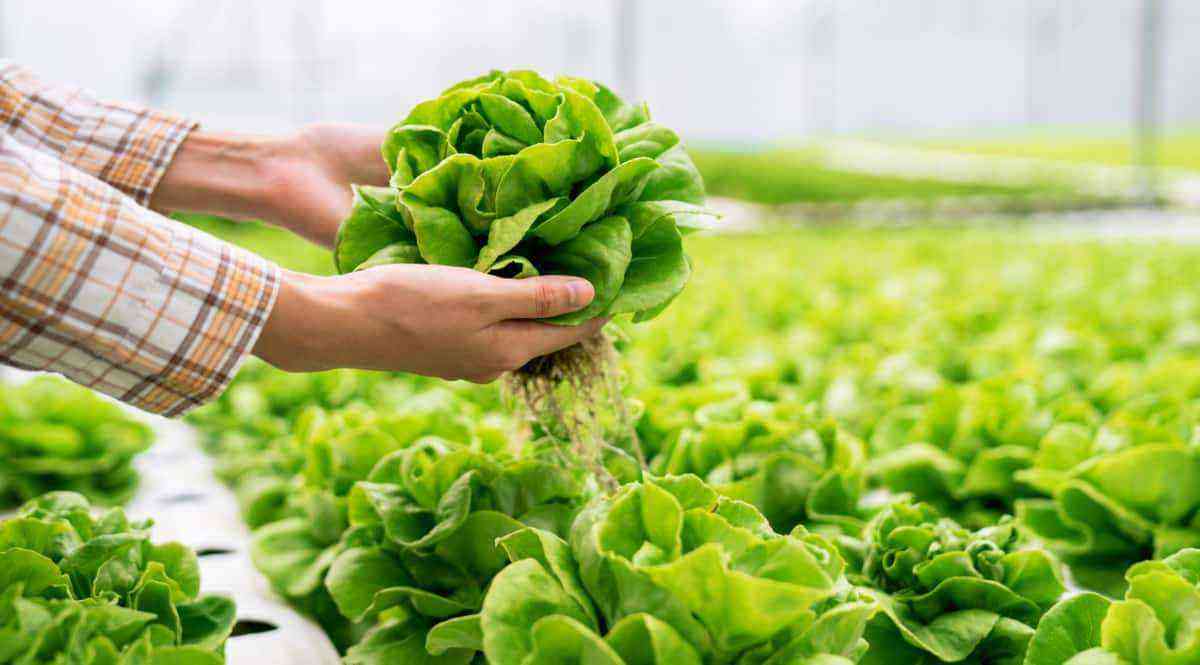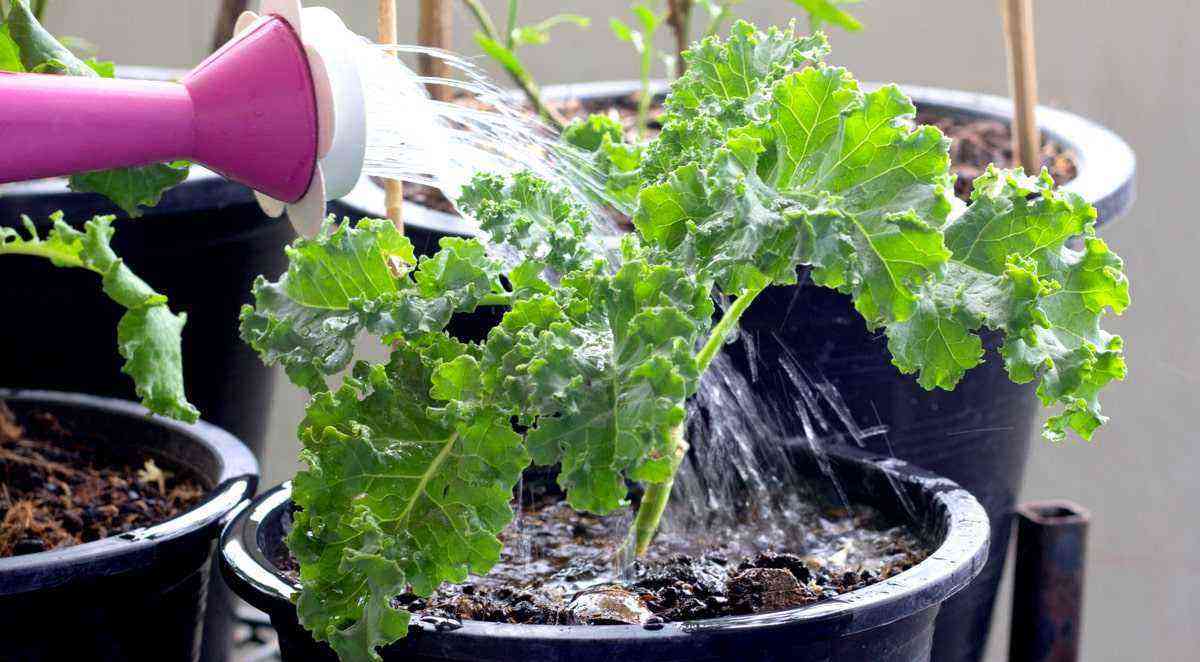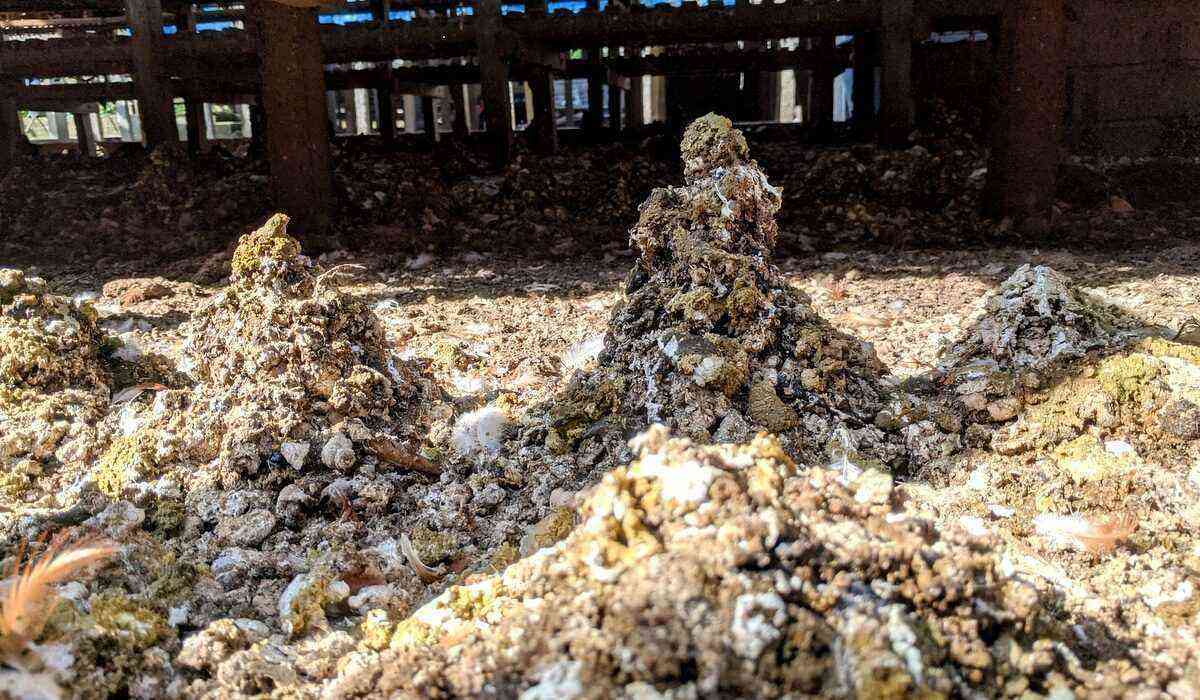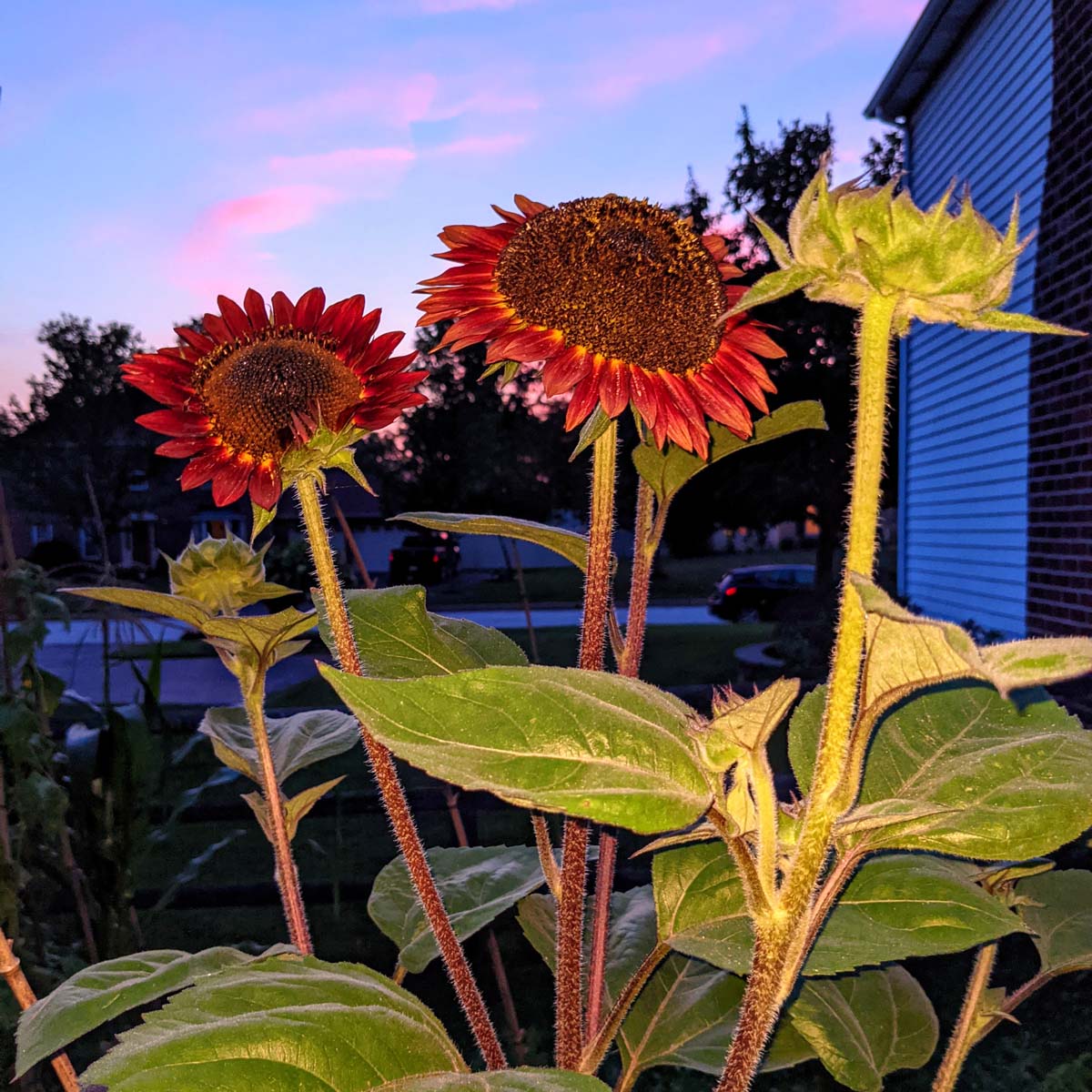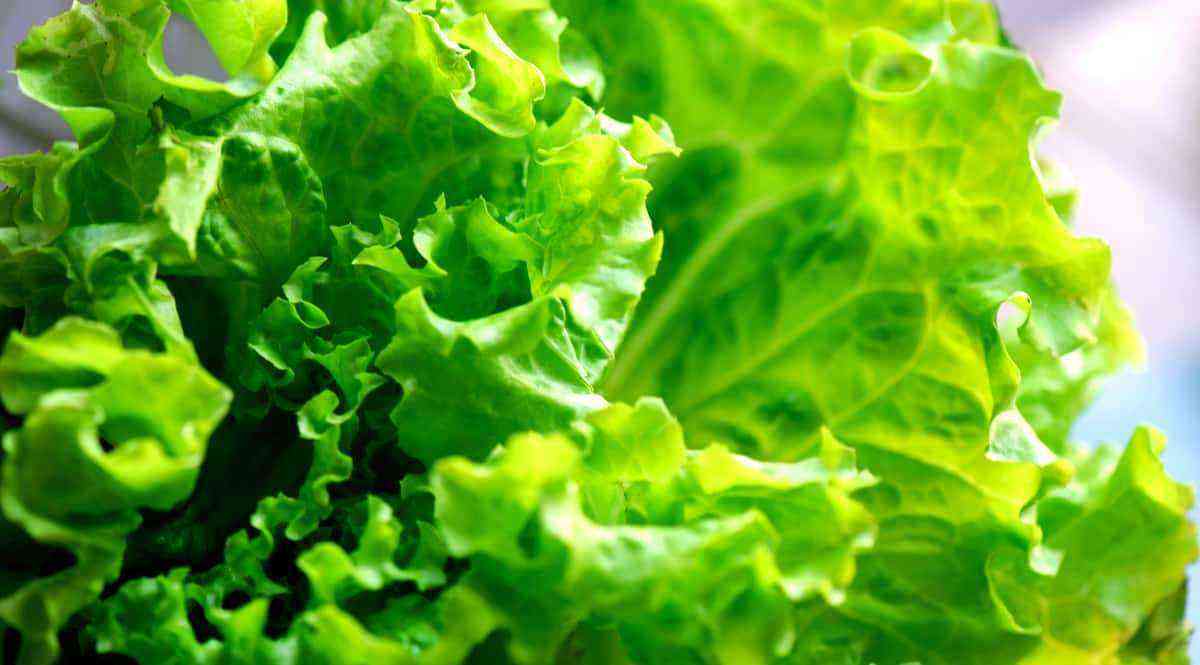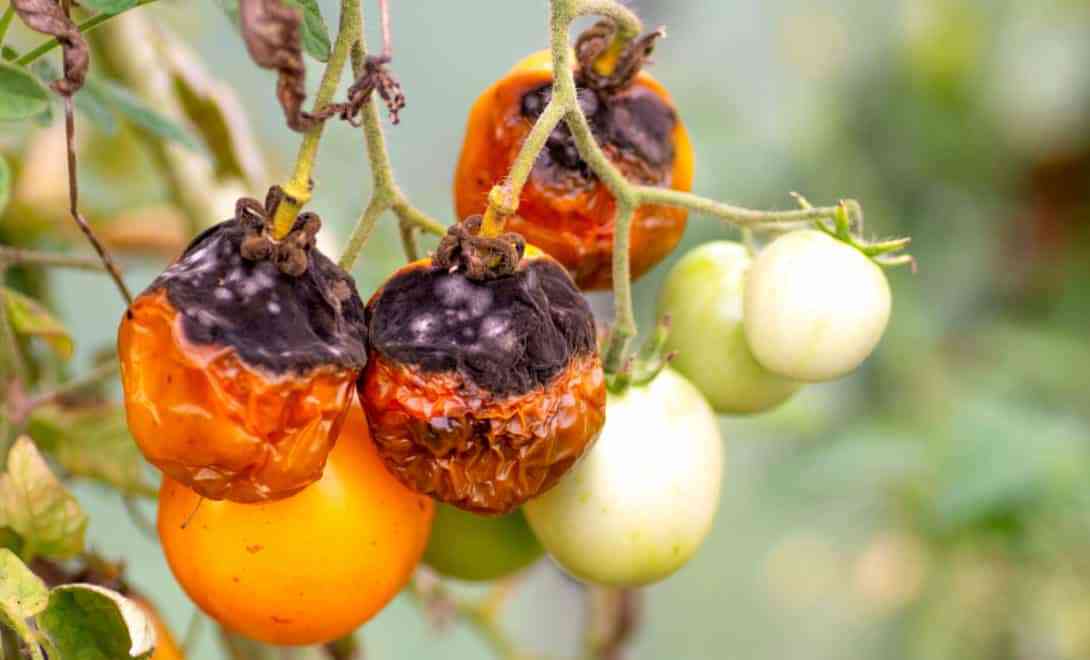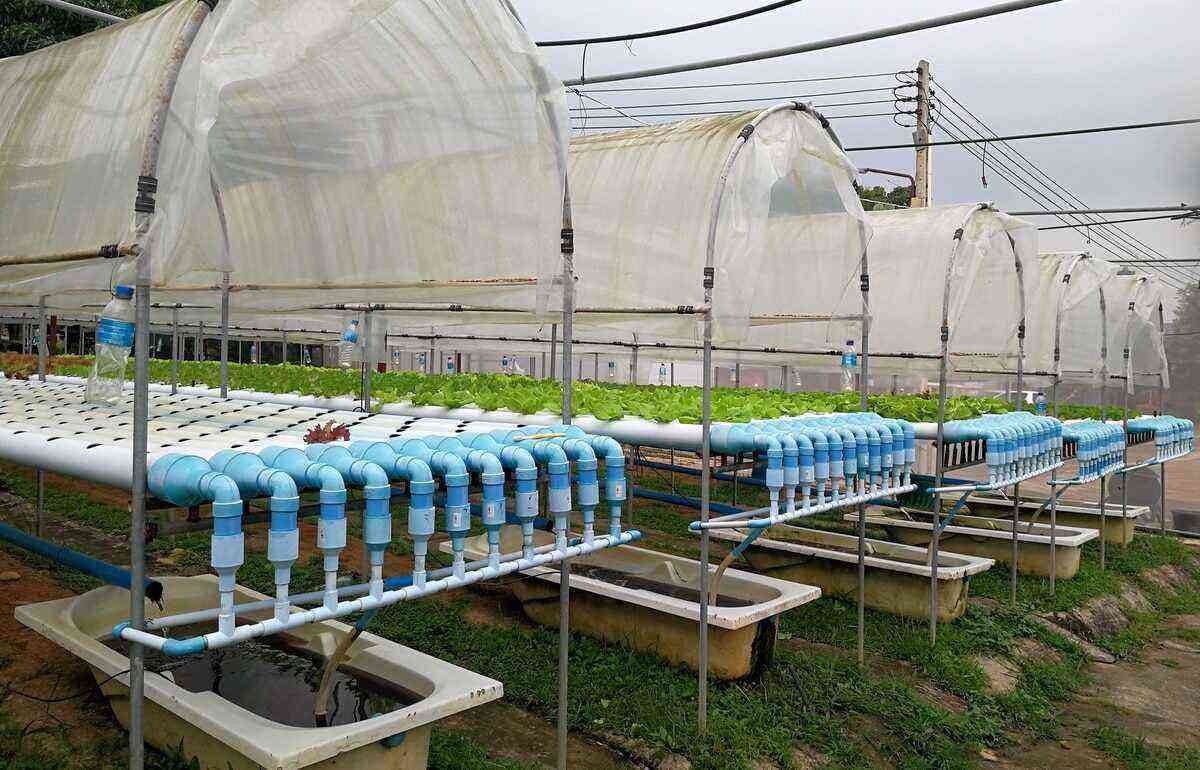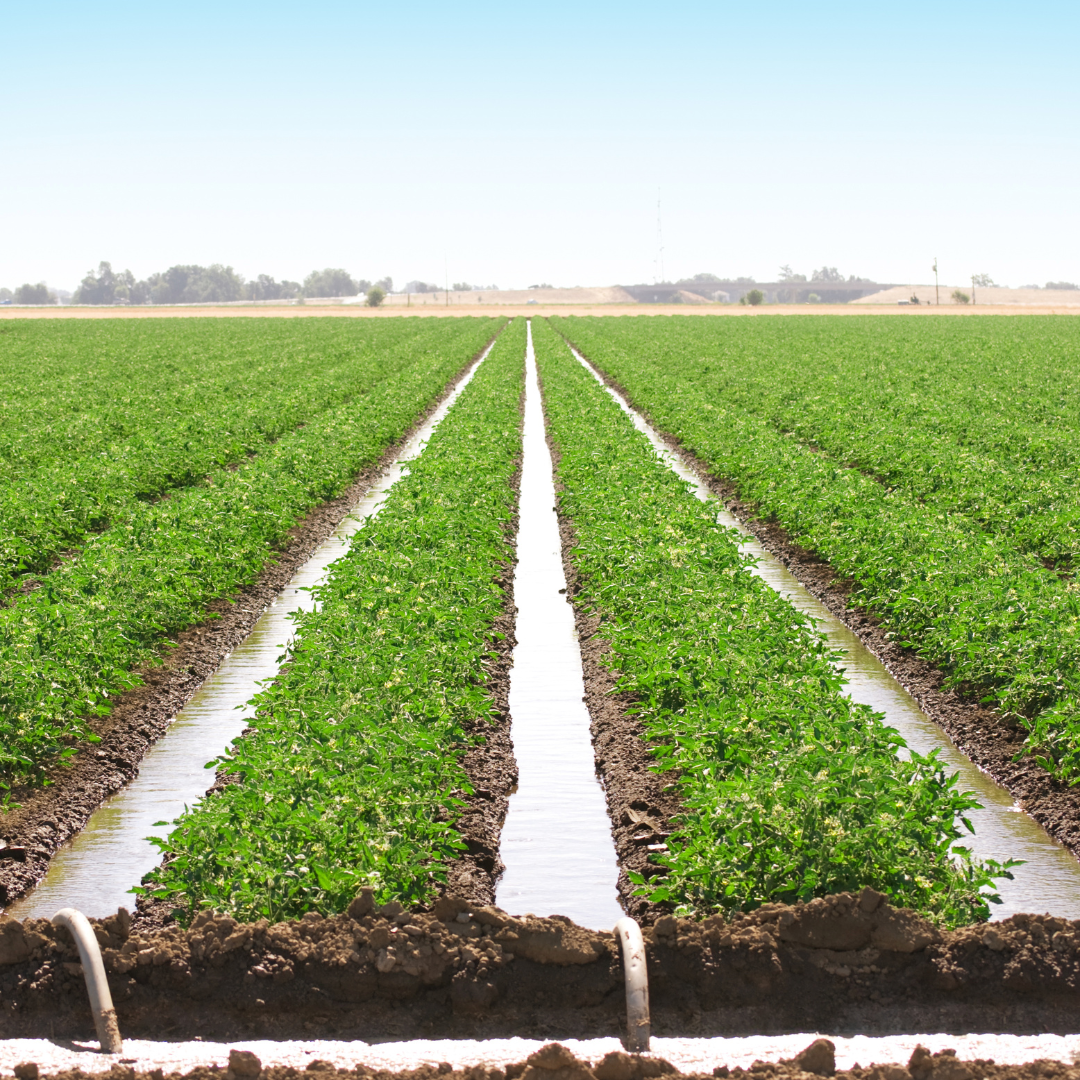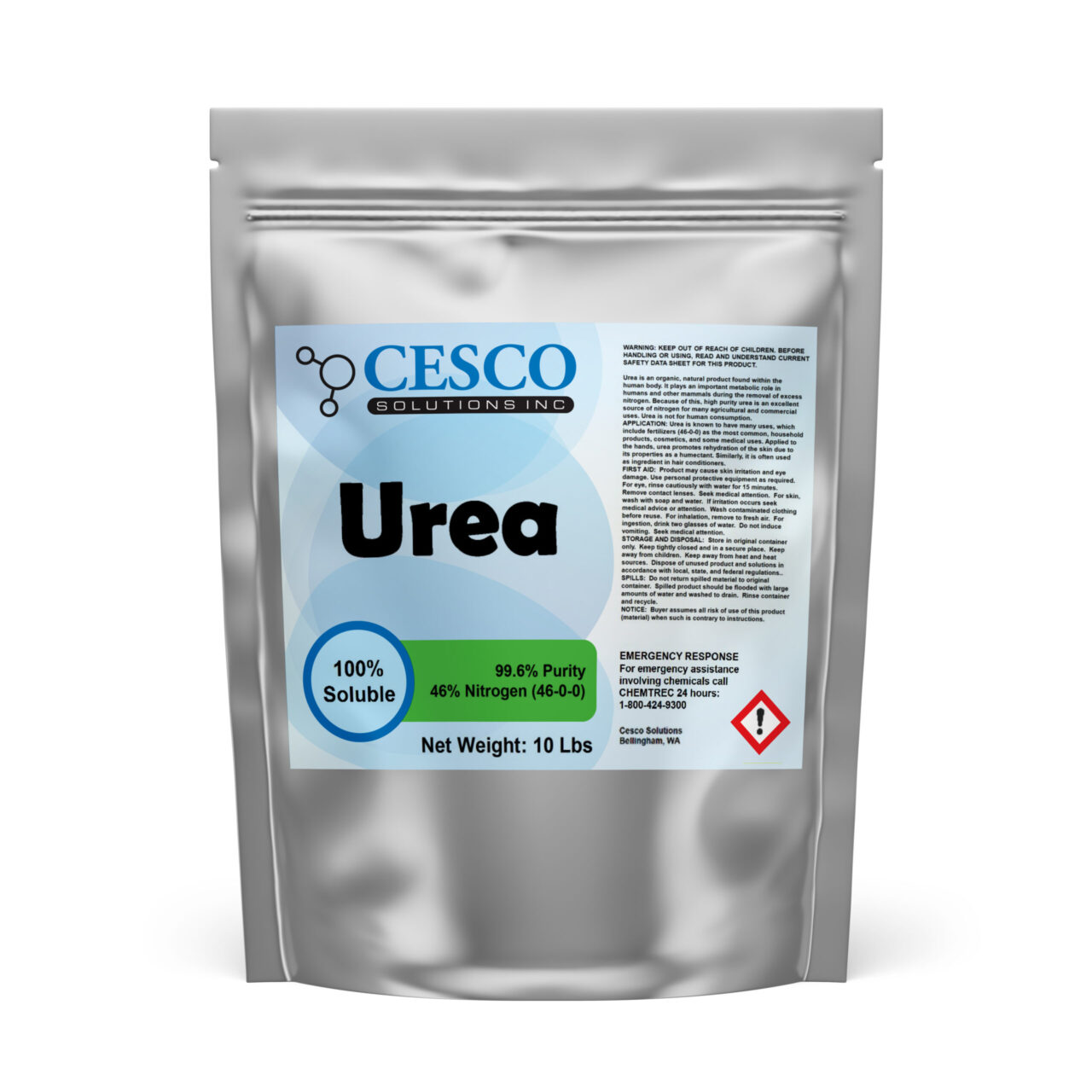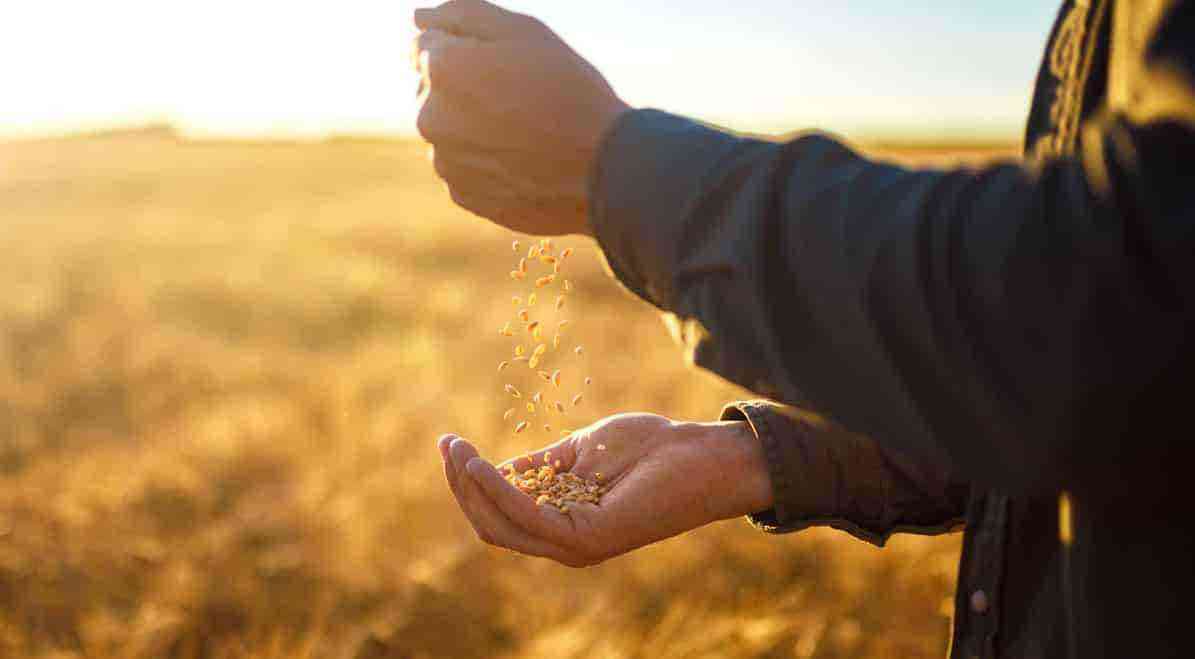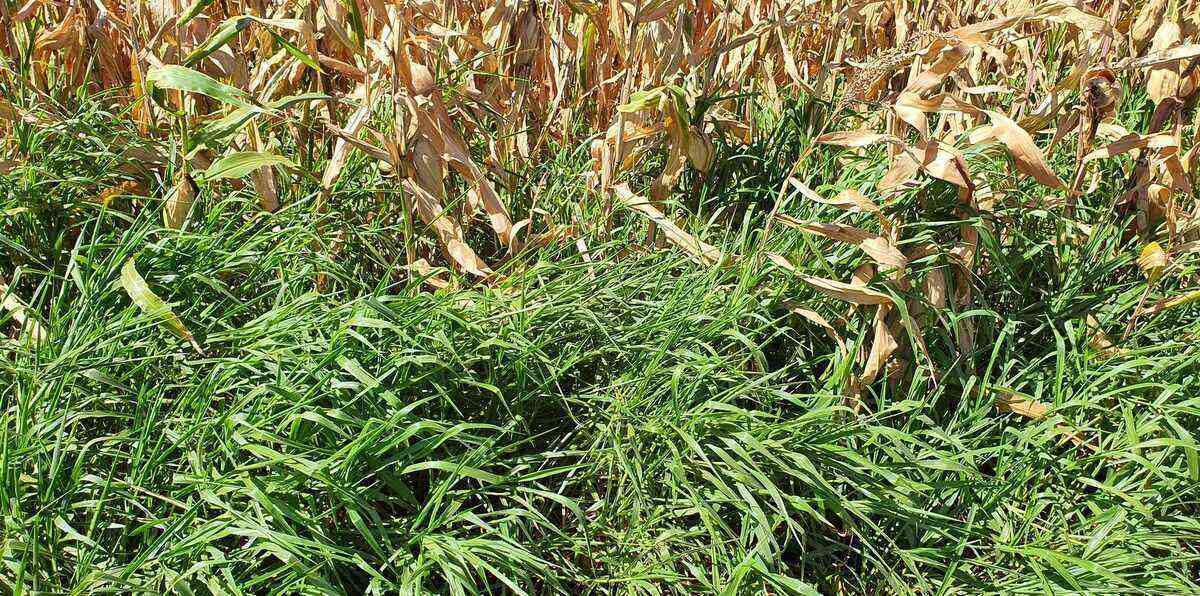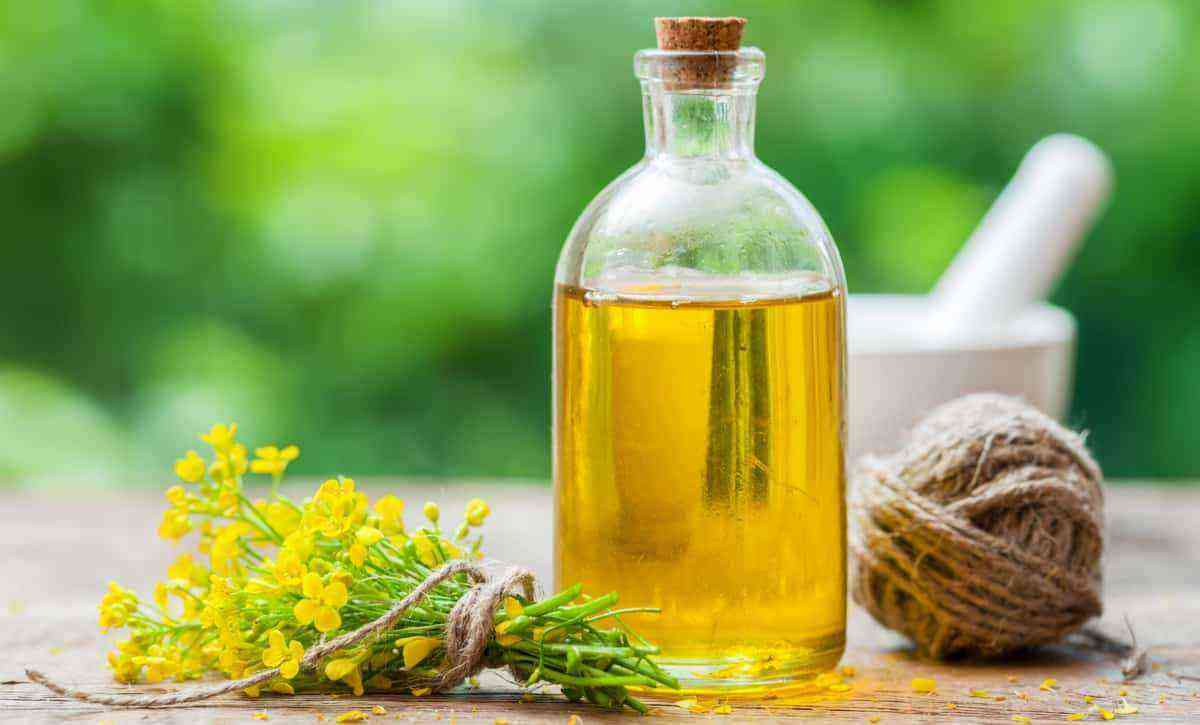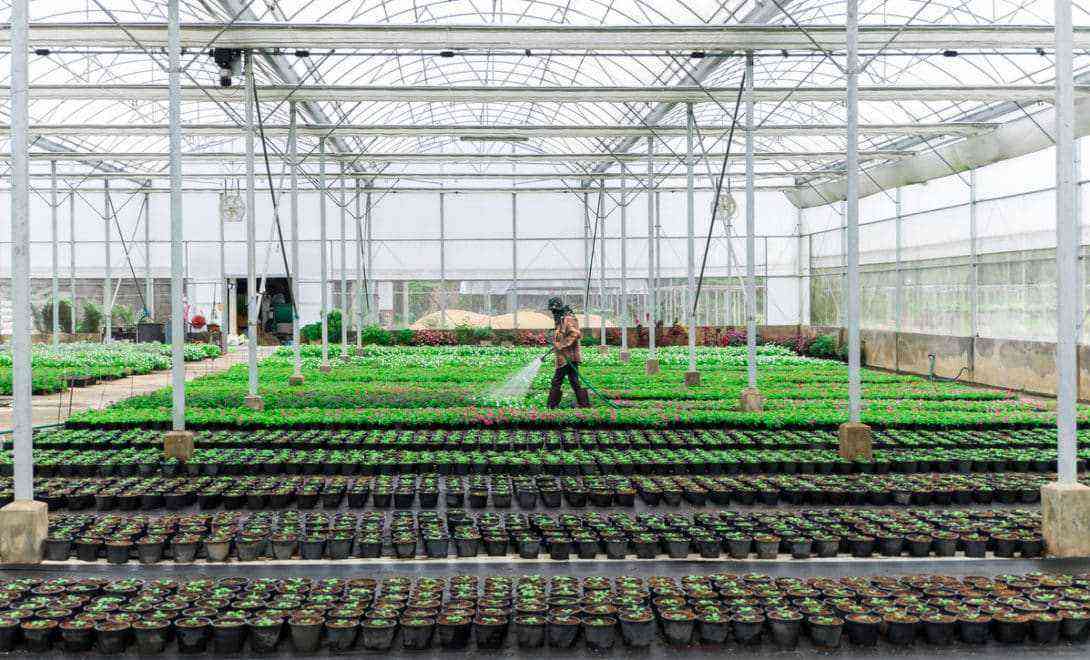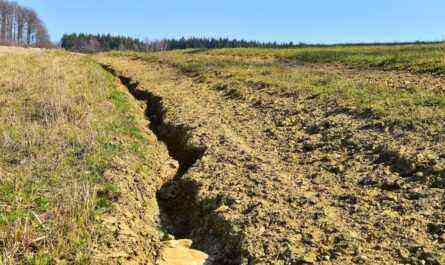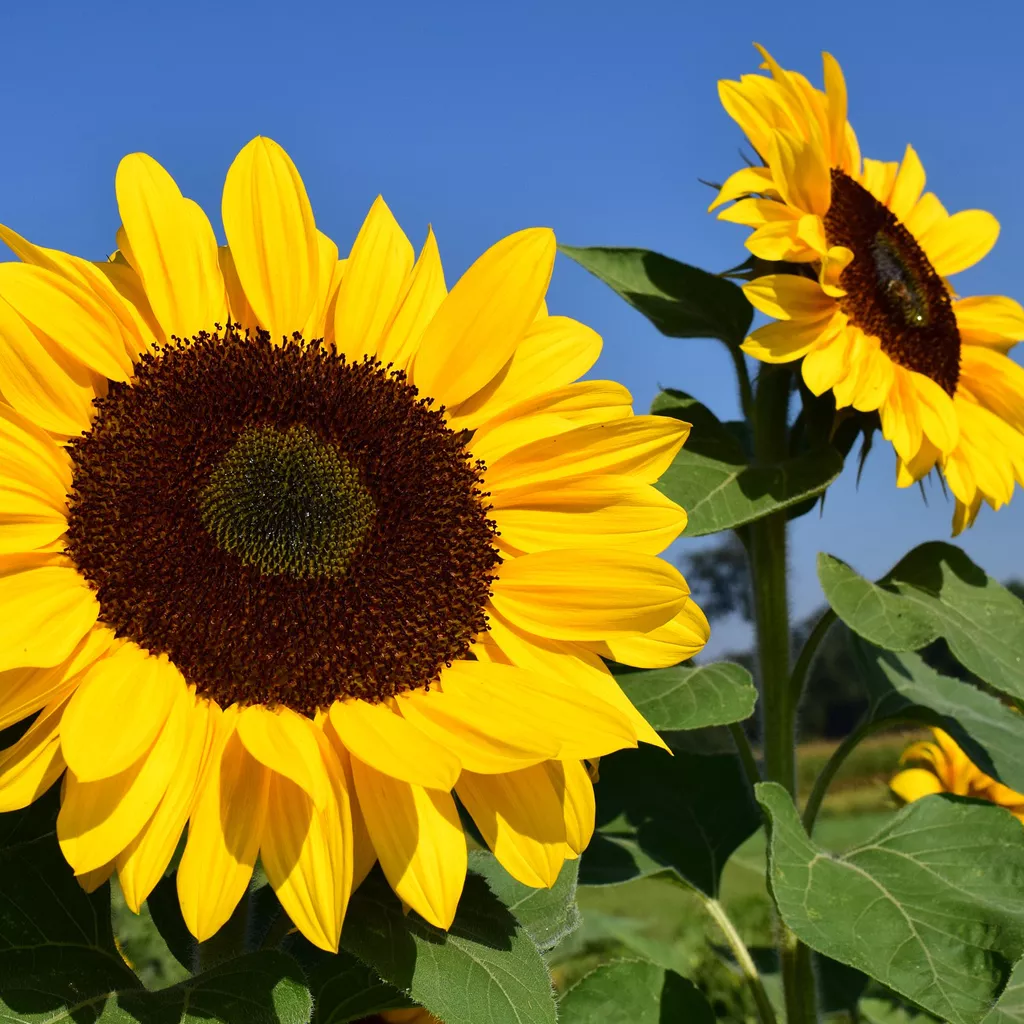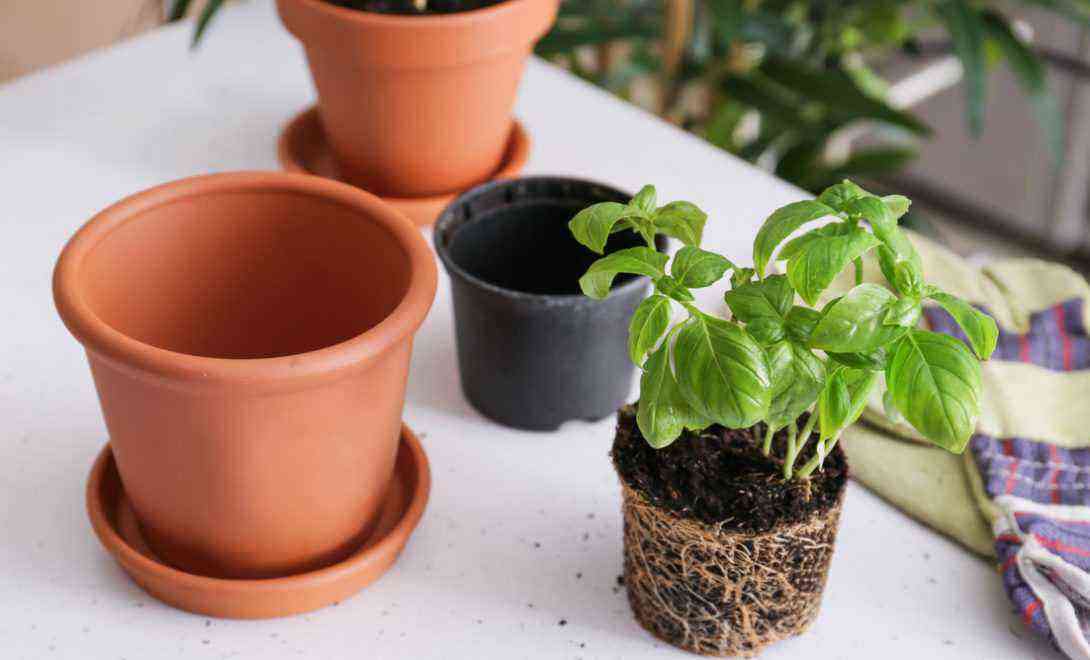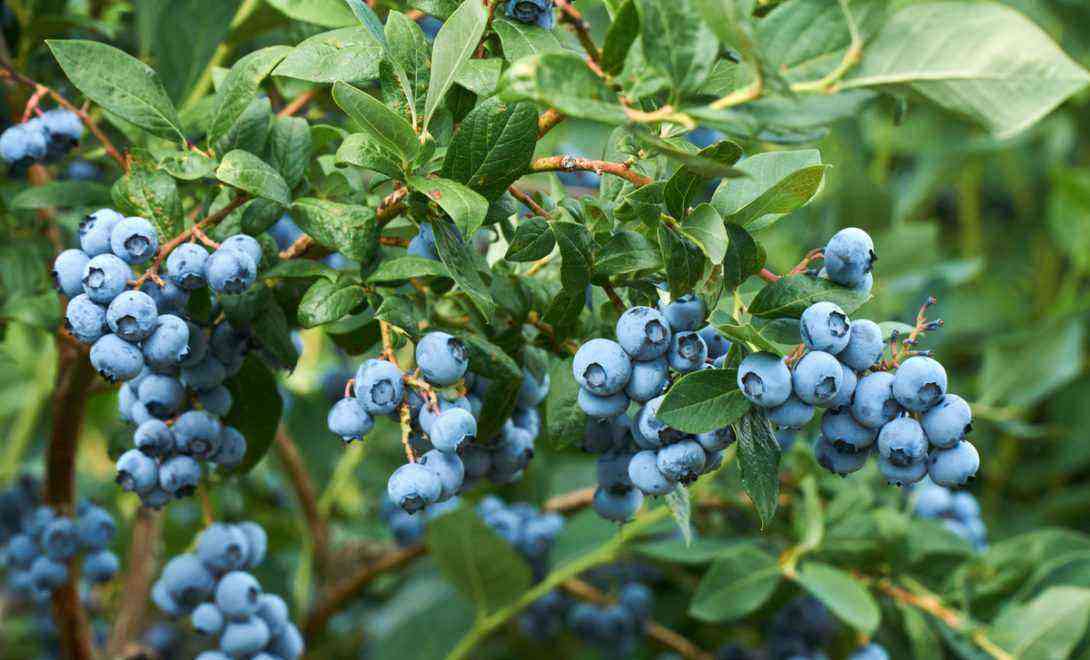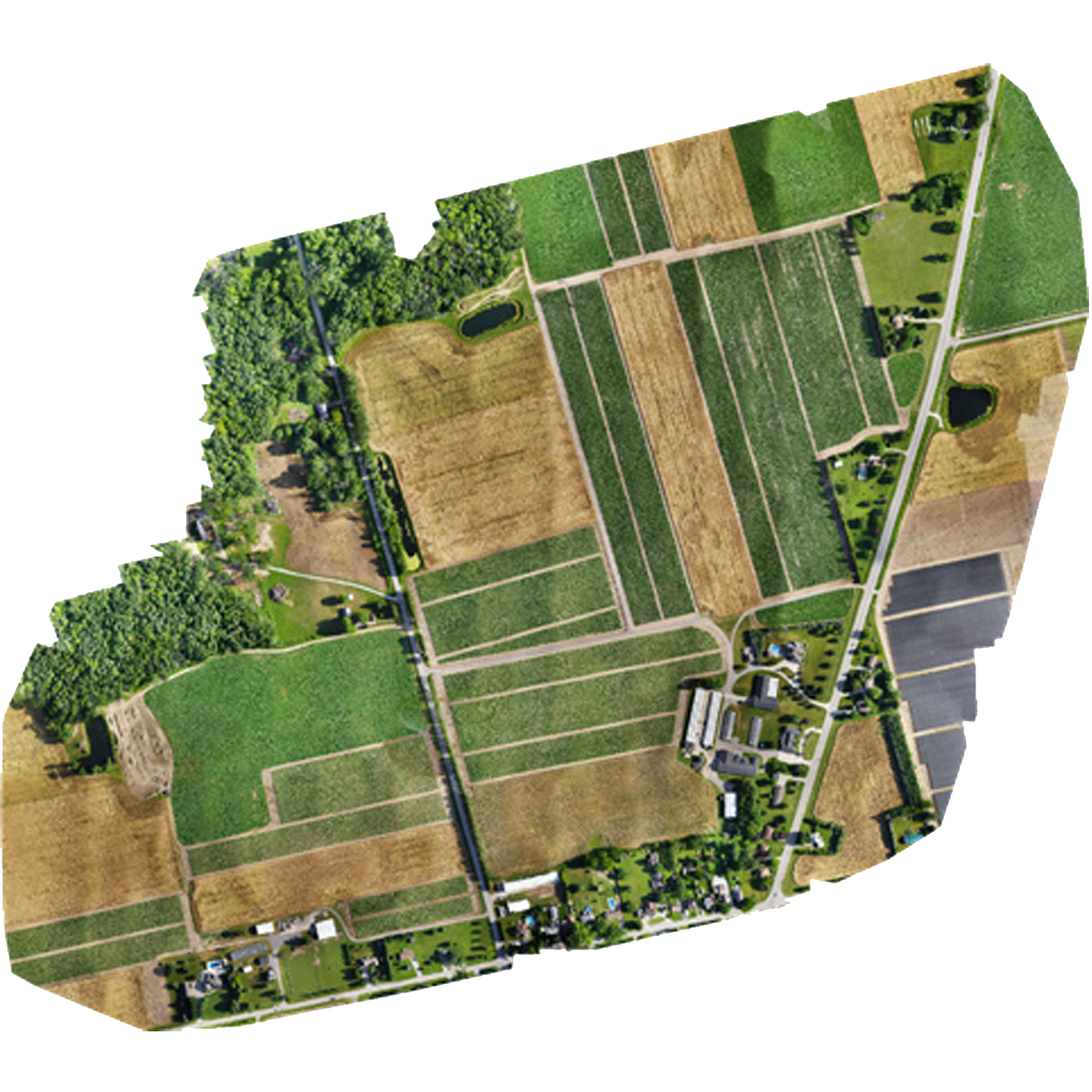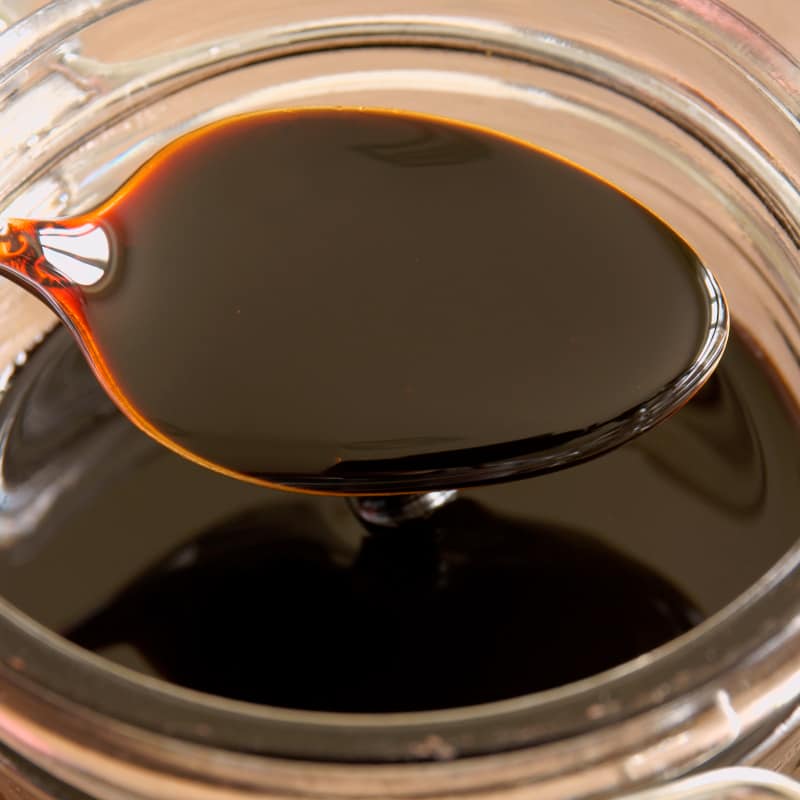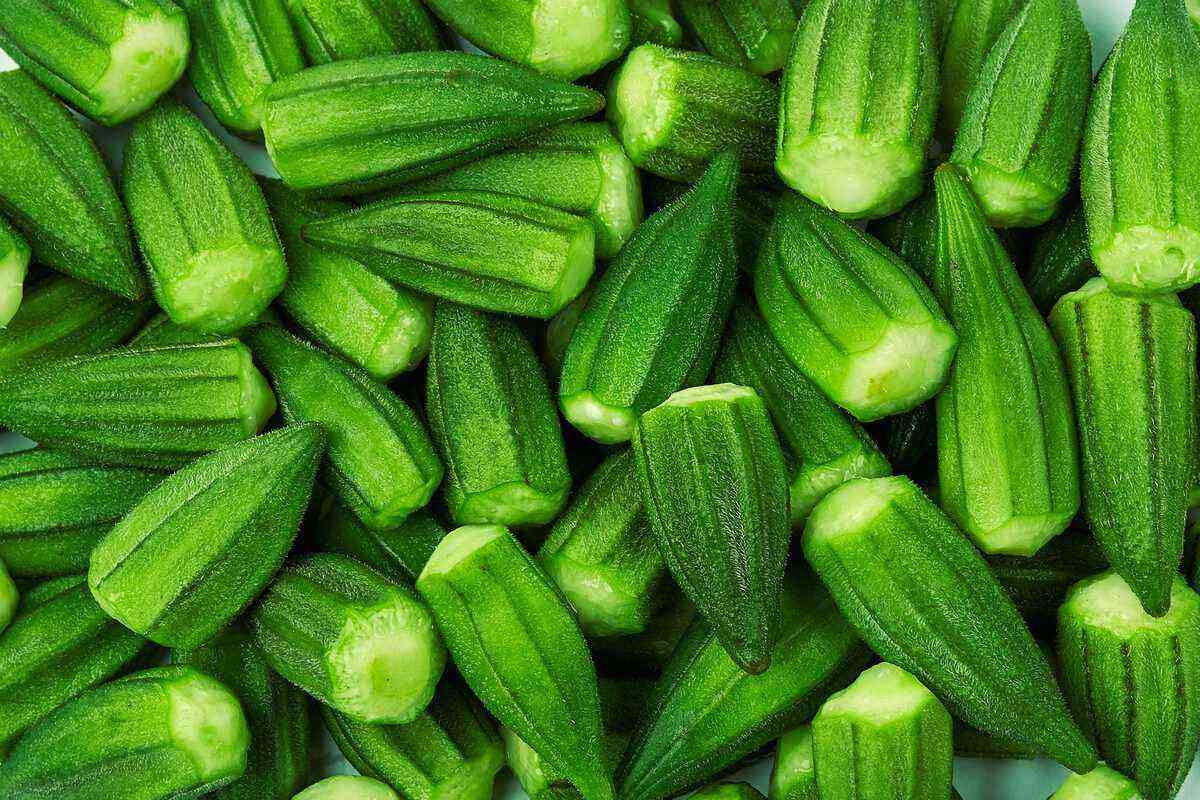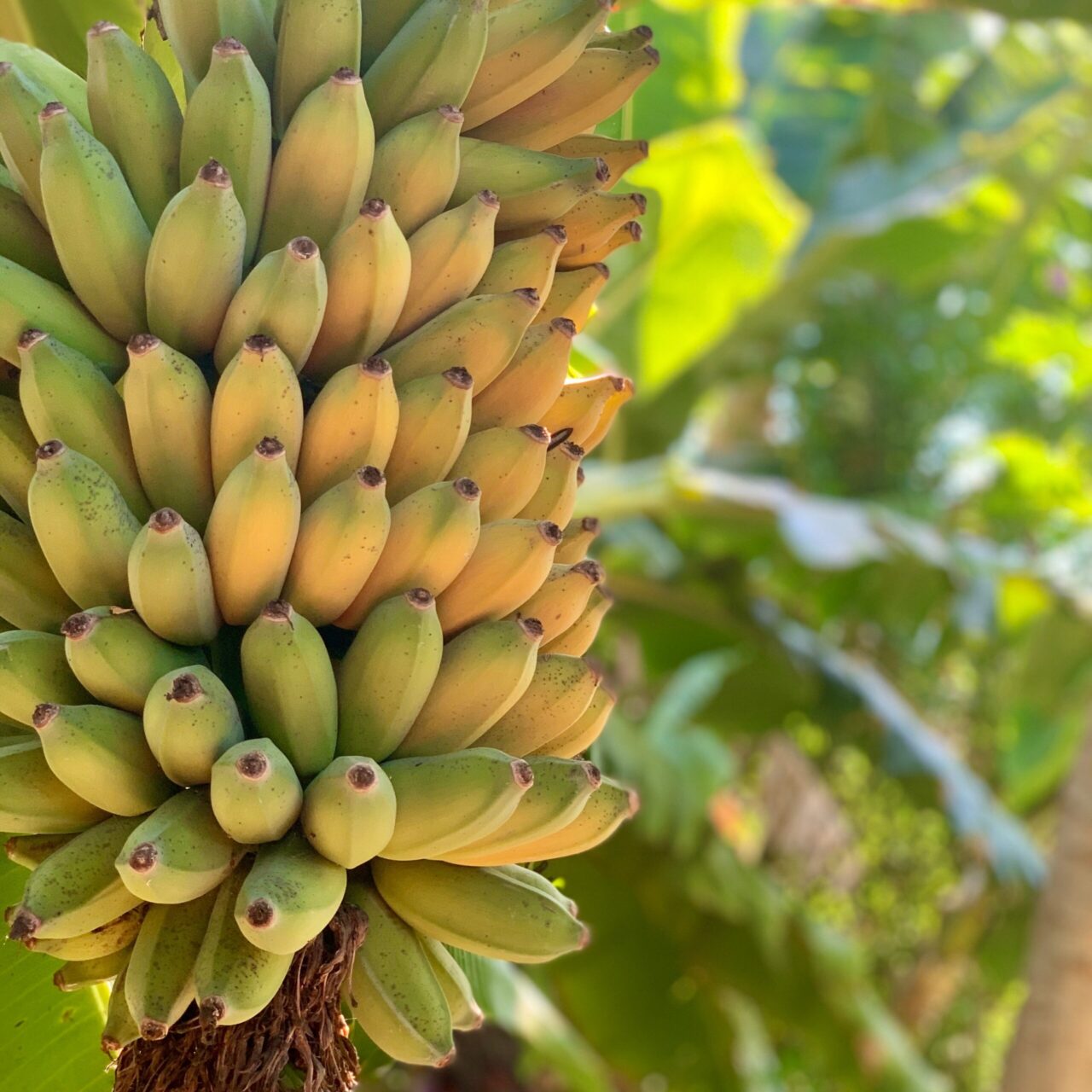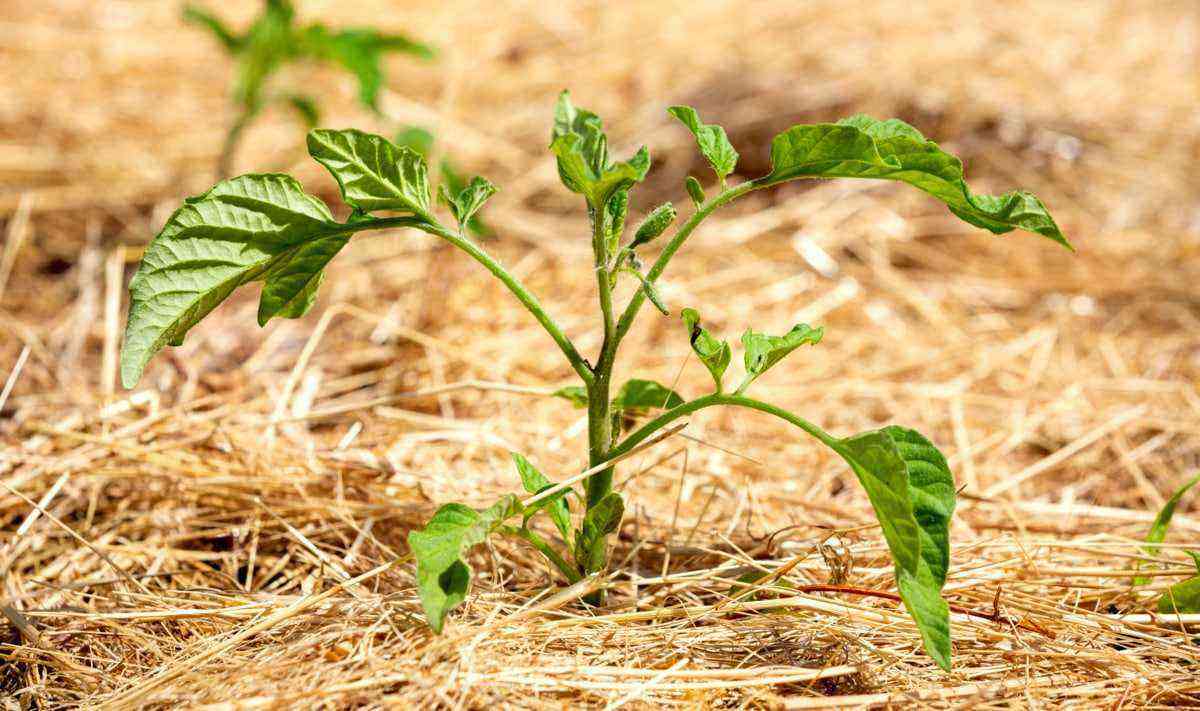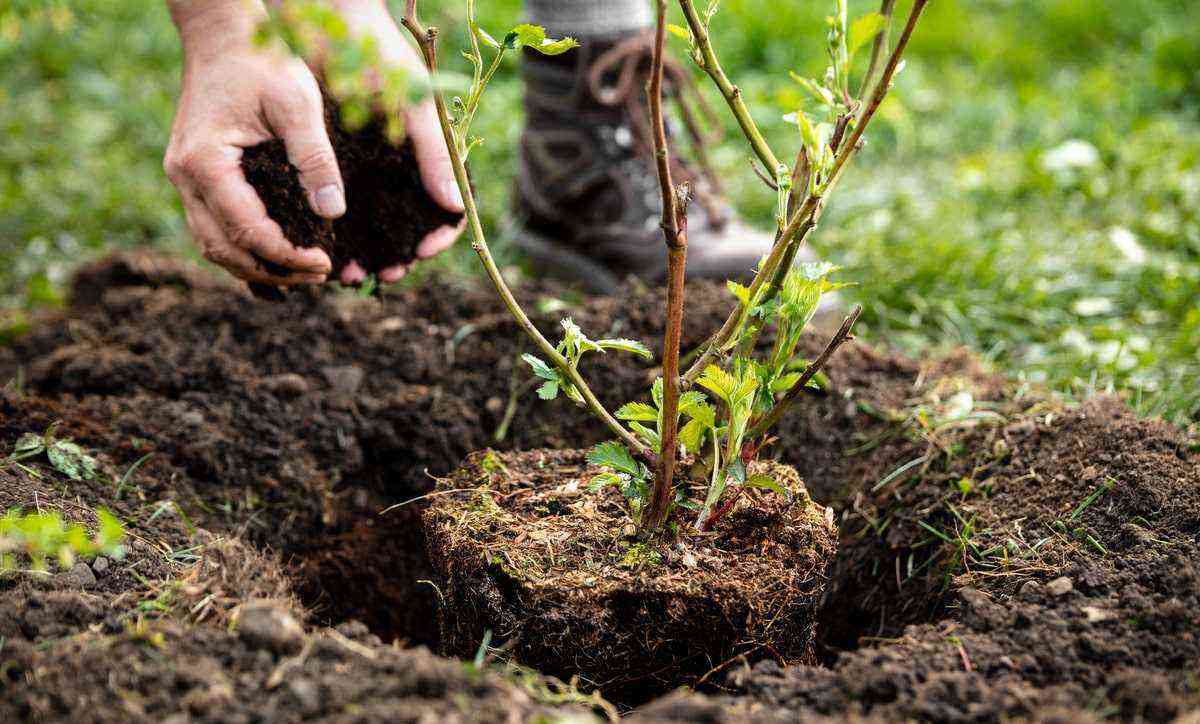A physalis It is a fruit widely used as decoration in fine party sweets, due to its beautiful appearance: it is wrapped in a thin transparent shell of its leaves.
However, its usefulness goes beyond appearance, this fruit brings several benefits to our health. It helps in gastrointestinal functions, in the balance of cholesterol, has high nutritional value and can be consumed by diabetic people, as it favors the balance of blood glucose.
If you are interested in knowing more about physalis and its benefits, check out this article. We will also teach you how to plant this fruit tree! Good reading!
Learn more about physalis
Originally from the Amazon and Andes regions, physalis (Physalis angulata) is an exotic and still little known fruit. In fact, it can receive other names: physalis, hooded tomato, camaru, and even golden berry.
In the North and Northeast regions, where this fruit is commonly found in the backyards of homes, it is known as camapu, joá-de-capote, saco-de-gode, bucho-de-rã, bate-teta, and mata-hunger.
Very delicate, with a small and round shape, physalis is yellow in color and comes wrapped in its own leaf, taking the shape of a balloon. Its flavor is sweet, with a slight sourness.
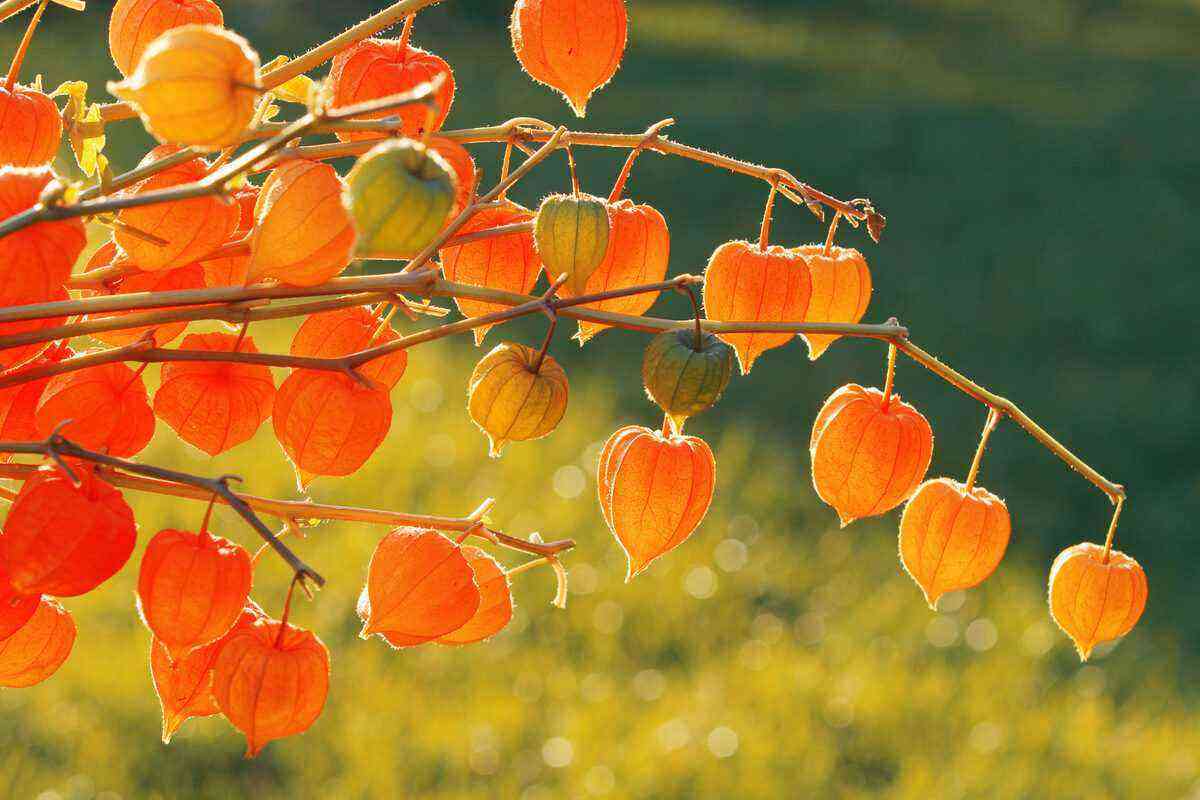
Physalis soon spread to other regions of the planet. In South America, the main producer is Colombia, where it is called cape gooseberry. Other growing places are in Europe and Asia.
With many medicinal properties, physalis can be consumed in natura, in the form of various sweets, jelly, jam and even in drinks.
See also other features: Edible flowers: 21 species for you to try.
Health benefits of physalis
As we mentioned at the beginning of this article, physalis provides several benefits to the body. Next, we will detail them:
High nutritional value and fights anemia
Physalis has a high nutritional value, with elements such as: iron, calcium, carbohydrates, proteins, lipids and flavonoids, in addition to vitamins A and C that are essential elements in the daily maintenance of our body.
It is also rich in iron, which helps to prevent problems such as anemia. To give you an idea, 100 grams of the fruit is equivalent to the amount of iron found in beans.

Helps keep the bowels regulated
Because it contains a good content of fiber, vitamins, minerals and has a succulent character, physalis helps in gastrointestinal functions. It is recommended that the fruit be consumed in its natural state, so that all the fibrous content reaches the stomach.
Antioxidant properties
The antioxidant properties present in physalis are extremely important in the maintenance and protection of our body’s cells, above all fighting free radicals, being able to prevent a series of inflammations and diseases, such as hepatitis.
In addition, a certain aging-delaying effect on antioxidant properties is attributed.
Cardiovascular disease prevention
Physalis is rich in vitamin B1, which aids in the processing of fats and helps reduce bad cholesterol. By reducing body fat, it also contributes to the prevention of cardiovascular diseases, such as heart failure and heart attacks.
Despite the delicate appearance, this fruit is a powerful ally, helping to prevent diseases.
Read also: How to plant an apple: check out the particularities of cultivation.
balances blood glucose
In addition, it is a fruit that can be consumed by people with diabetes or related diseases, due to its low sugar content and good amount of fiber, which help to break down sugar molecules and decrease the chances of insulin spikes in the body.
This fruit is not only low in calories, but also favors the balance of blood glucose. This makes it a great choice for breakfast and afternoon snacks!
How to plant physalis
Physalis can be planted at any time of the year, including in the backyard or in pots. The main advantages are adaptability, rusticity and precocity, which allows cultivation in any region of the country.
Production begins between four and five months after planting and lasts for six to eight months a year. Each plant can produce from one to three kilograms of fruit.
Fruit production depends on cultural practices carried out during plant development.
Check out how to plant physalis and succeed in cultivation:
- In a proper substrate intended for seedlings, place the physalis seeds at a depth of one centimeter and keep the soil moisture always high. When the seedling reaches between 20 and 30 centimeters in height, transfer it to the final soil, always respecting a distance of 80 centimeters between each plant and between 1,80 and 2 meters between rows;
- When you get close to a meter high, you need to put a stake next to it so that it receives support against the wind and its own weight. The fruit tree can reach 2,5 meters in height;
- The soil must be rich in organic matter and the pH must be between 5,5 and 6,0;
- In case of constant wet weather, in order to avoid the attack of diseases caused by fungi, the ideal is to use Bordeaux syrup, a natural fungicide and without synthetic chemical additives.
How to plant in a pot
If your problem is lack of space in your house or living in an apartment, no problem. You can also plant in pots. In this sense, it is enough to have a container with more than 40 cm in diameter and with a good depth, fertilized soil and the seedling or seeds.
As the plant likes hot weather, it should be placed in a sunny place, keeping the soil moist, but not soggy.
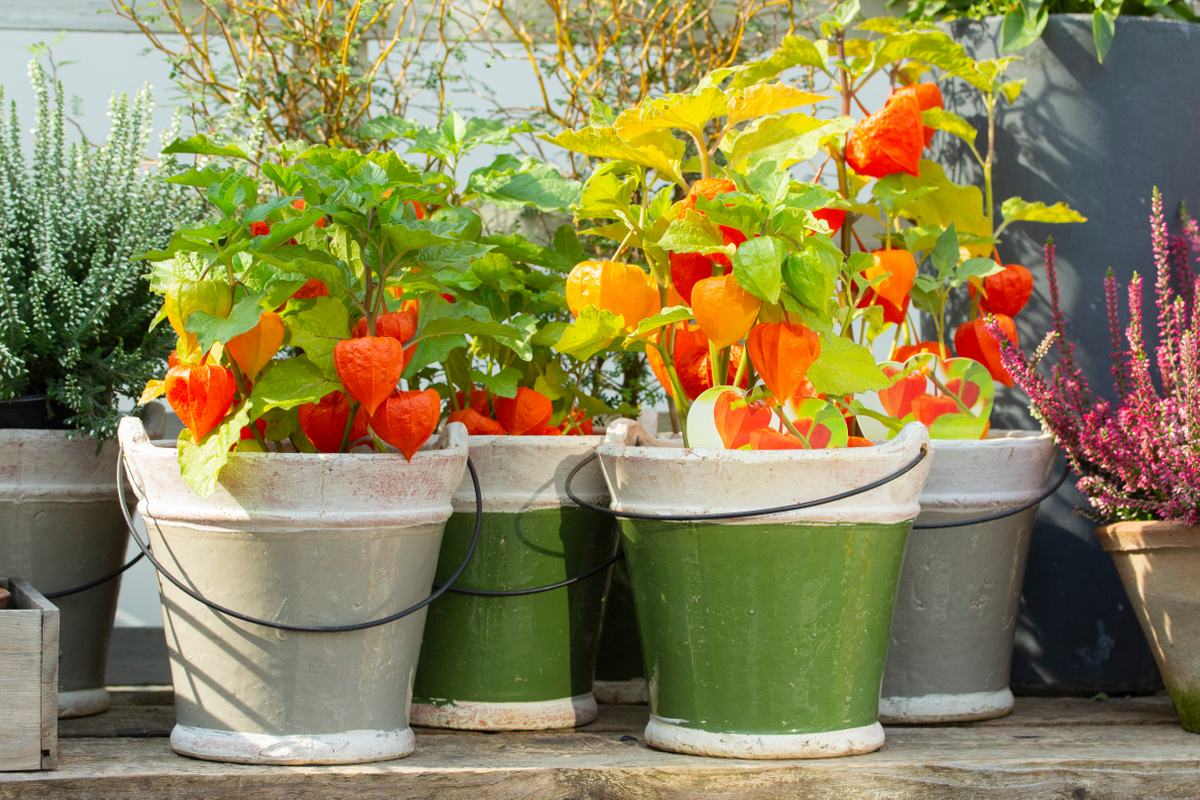
Conclusion
So, if you didn’t know about physalis yet, we hope to have presented you with information about the benefits of this fruit, how to plant and succeed in cultivation.
Speaking of beneficial fruits for the body, enjoy and access our post about blueberries. Good reading!
